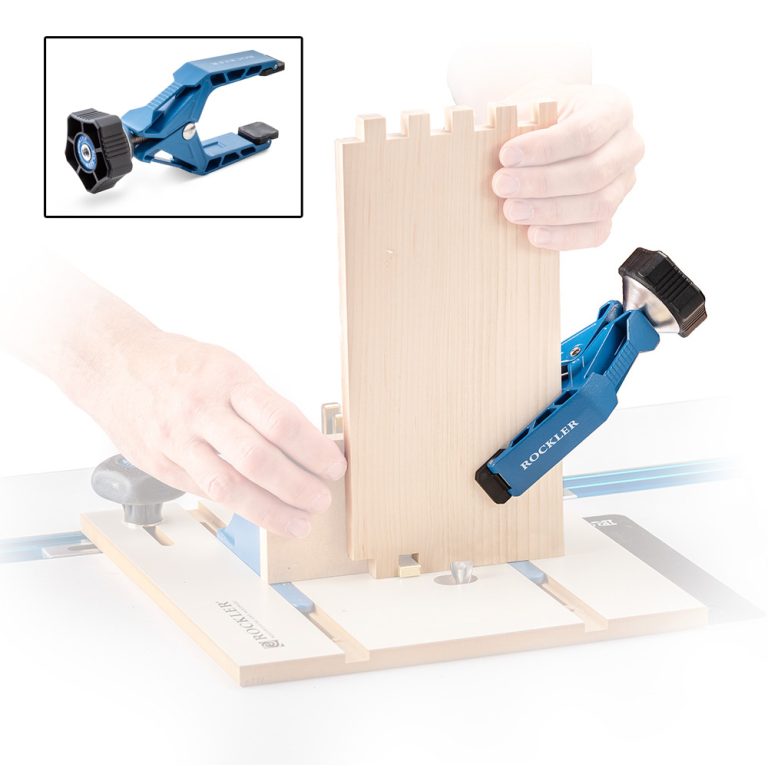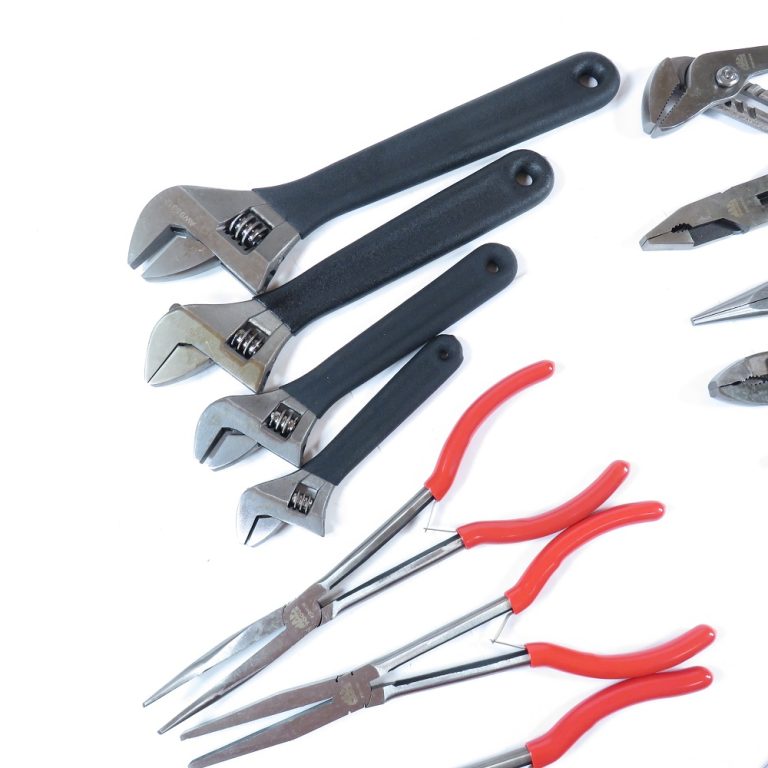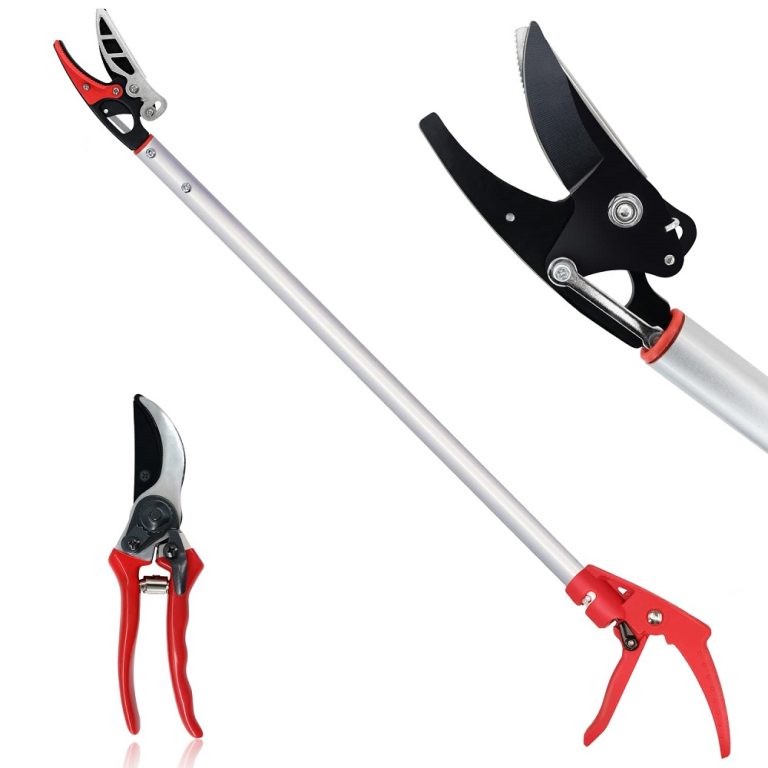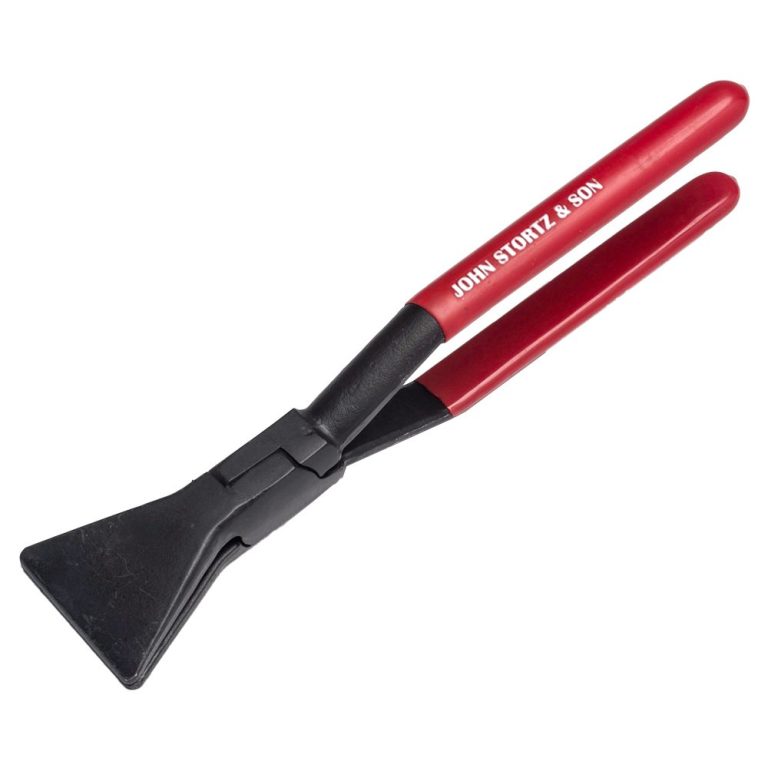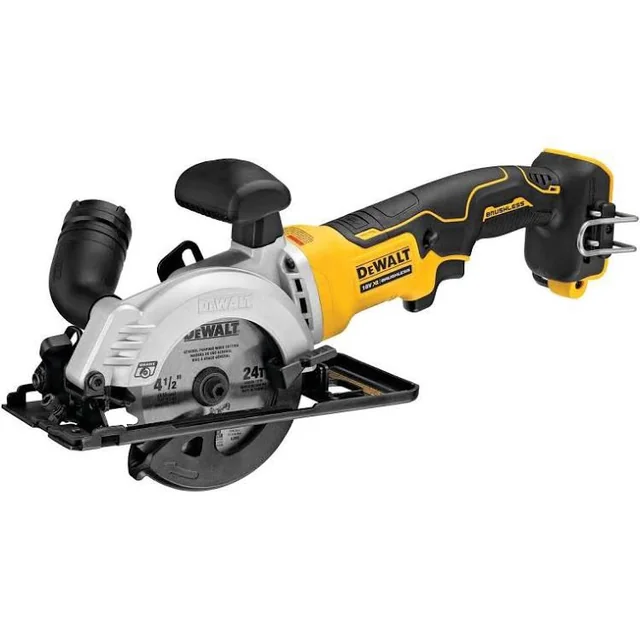Understanding the Basics of Multimeters
Multimeters stand as essential tools in the world of electronics and electrical work. These versatile devices combine multiple measurement functions into a single unit, allowing users to measure voltage, current, and resistance with ease. Modern multimeters often include additional features such as capacitance measurement, continuity testing, and even temperature sensing. At its core, a multimeter consists of a display, selection dial, probe inputs, and two probes for making connections to the circuit under test. Digital multimeters have largely replaced analog versions due to their increased accuracy and ease of reading.
The ability to measure various electrical properties makes multimeters indispensable for professionals and hobbyists alike. Electricians use them for troubleshooting household wiring, while electronics enthusiasts rely on multimeters for circuit design and repair. Understanding how to use a multimeter effectively opens up a world of possibilities in electrical diagnostics and measurement. As technology advances, multimeters continue to evolve, offering more features and improved accuracy to meet the demands of modern electrical and electronic systems.
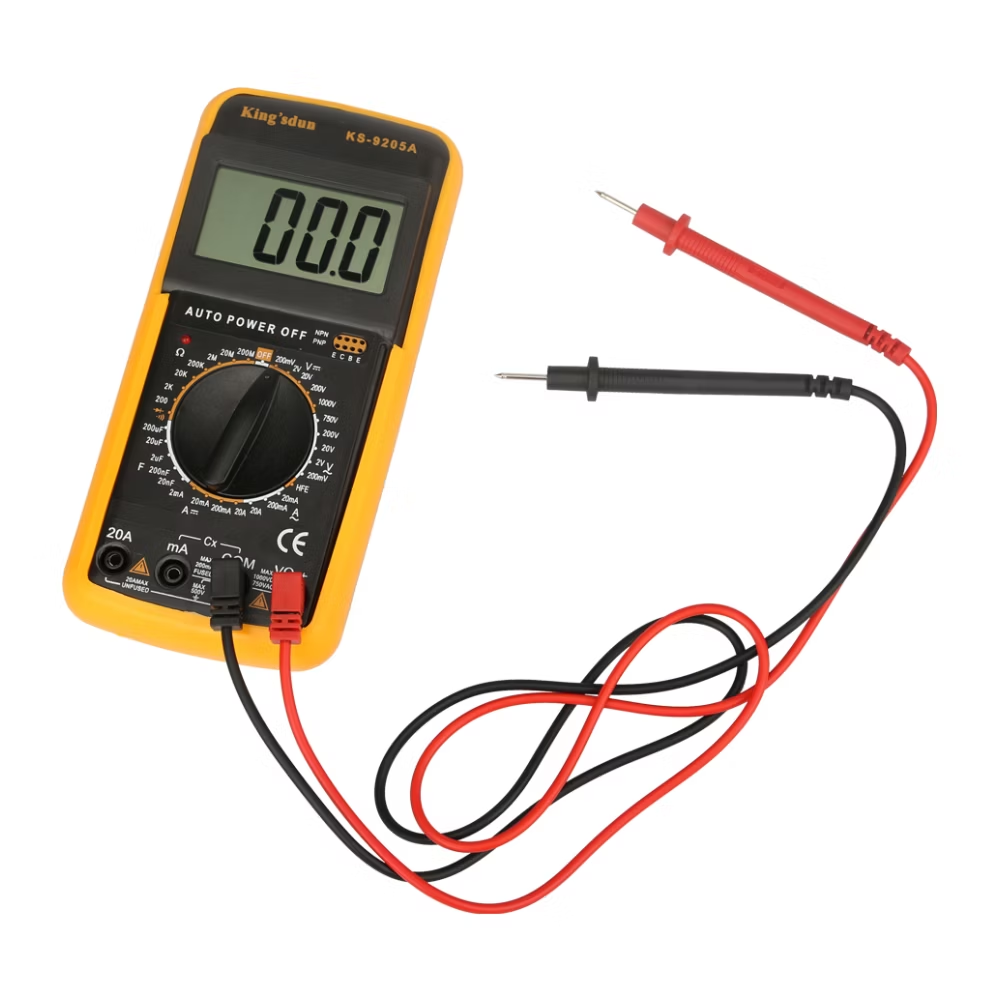
Types of Multimeters: Digital vs. Analog
Multimeters come in two main types: digital and analog. Digital multimeters (DMMs) dominate the market today due to their numerous advantages. These devices display readings as precise numerical values on an LCD screen, making them easy to read and interpret. DMMs offer high accuracy, automatic range selection, and often include additional features like data hold and min/max recording. In contrast, analog multimeters use a moving needle on a graduated scale to display measurements. While less common, analog multimeters still find use in certain applications.
They excel at observing rapidly changing values and can be useful for tracking trends or fluctuations in a signal. However, analog meters require more skill to read accurately and lack the precision of their digital counterparts. When choosing between digital and analog multimeters, consider the specific requirements of the intended application. Digital multimeters suit most general-purpose needs and offer greater versatility. Analog meters, on the other hand, may be preferred in situations where visualizing signal changes is more important than obtaining precise numerical values. Ultimately, the choice between digital and analog multimeters depends on personal preference, specific job requirements, and the level of accuracy needed for the task at hand.
Key Functions of a Multimeter
Multimeters offer a range of essential functions that make them invaluable for electrical measurement and troubleshooting. Voltage measurement stands as one of the most common uses, allowing users to determine the potential difference between two points in a circuit. Multimeters can measure both AC and DC voltage, with separate settings for each. Current measurement, another crucial function, enables the quantification of electrical flow through a circuit. This measurement requires the multimeter to be connected in series with the circuit, unlike voltage measurement which is done in parallel.
Resistance measurement helps identify the opposition to current flow in components or sections of a circuit. Additionally, many multimeters include a continuity test function, which emits an audible beep when a low-resistance path is detected between the probes. This feature proves particularly useful for checking wire connections or identifying short circuits. Advanced multimeters often incorporate capacitance measurement, allowing users to test capacitors for proper function and value. Some models even include frequency measurement capabilities, temperature probes, and transistor testing functions. By mastering these key functions, users can effectively diagnose electrical problems, verify circuit designs, and ensure the proper operation of various electronic components.

Selecting the Right Multimeter for Your Needs
Choosing the appropriate multimeter involves considering several factors to ensure it meets specific requirements. First, assess the intended use of the multimeter. Professionals working with high-voltage systems may require a meter with a higher voltage rating and safety features, while hobbyists might prioritize ease of use and affordability. Consider the accuracy needed for the intended applications. Higher-end multimeters offer greater precision, which is crucial for sensitive electronics work. However, for general household use, a mid-range meter often suffices. Evaluate the measurement ranges offered by the multimeter.
Ensure it can handle the voltage, current, and resistance levels typically encountered in the intended applications. Auto-ranging multimeters simplify operation by automatically selecting the appropriate measurement range, but manual ranging models offer more control and can be faster in certain situations. Safety features play a crucial role in multimeter selection, especially for those working with high voltages. Look for meters with appropriate category (CAT) ratings that match the intended use. Additional features like data logging, backlit displays, and True RMS measurement capability may be important for specific applications. By carefully considering these factors, users can select a multimeter that best suits their needs, ensuring accurate measurements and safe operation in various electrical and electronic tasks.
Safety Considerations When Using Multimeters
Safety should always be the top priority when working with electrical systems and using multimeters. First and foremost, ensure the multimeter is rated for the voltage levels being measured. Using an underrated meter on high-voltage systems can lead to dangerous situations and equipment damage. Always inspect the multimeter and its probes for any signs of wear or damage before use. Cracked casings, frayed wires, or bent probe tips can compromise safety and accuracy. When measuring voltage or current, start with the highest range setting and work down to avoid overloading the meter. Never exceed the maximum input limits specified for each function and range.
When measuring current, always connect the multimeter in series with the circuit and start with a high current range. For voltage measurements, connect the meter in parallel with the circuit component. Avoid touching exposed metal parts of the probes or the circuit under test while taking measurements. Use one hand when possible to reduce the risk of electric shock. If working on high-voltage systems, consider using insulated gloves and standing on an insulated mat. Always disconnect the power source before making connections for current measurements or when changing meter functions. By following these safety guidelines, users can minimize risks and ensure safe operation of multimeters in various electrical testing and measurement scenarios.

Basic Techniques for Taking Measurements
Mastering basic measurement techniques ensures accurate readings and safe operation of multimeters. To measure voltage, set the multimeter to the appropriate voltage function (AC or DC) and range. Connect the black probe to the COM (common) port and the red probe to the voltage input port. Place the probes across the component or section of the circuit to be measured, with the red probe on the more positive point. For current measurements, the circuit must be opened, and the multimeter connected in series. Set the meter to the current function and appropriate range, then connect the probes in line with the circuit, allowing current to flow through the meter.
Resistance measurements require the circuit to be de-energized. Set the meter to the resistance function and connect the probes across the component being tested. For continuity testing, set the meter to the continuity function and touch the probes to the points being tested. A low resistance or complete circuit will typically trigger an audible beep. When measuring capacitance, ensure the capacitor is fully discharged before connecting the probes. Set the meter to the capacitance function and connect the probes to the capacitor leads, observing polarity for polarized capacitors. By practicing these basic techniques, users can effectively utilize their multimeters for a wide range of electrical measurements and diagnostics.
Advanced Multimeter Features and Their Applications
Modern multimeters offer advanced features that expand their capabilities beyond basic electrical measurements. True RMS (Root Mean Square) measurement provides accurate readings for non-sinusoidal AC waveforms, crucial for working with modern electronic equipment and power systems. Data logging functions allow users to record measurements over time, useful for tracking intermittent issues or long-term monitoring. Some multimeters include graphing capabilities, displaying voltage or current trends on a built-in screen. Auto-hold functions capture stable readings automatically, freeing up hands for probe placement.
Peak hold features can capture and display maximum values, useful for measuring inrush currents or voltage spikes. Advanced multimeters often include temperature measurement capabilities through thermocouple probes, enabling users to check component temperatures or ambient conditions. Frequency counters and duty cycle measurements prove valuable for working with digital circuits and pulse-width modulation systems. Low-impedance voltage measurement modes (LoZ) help eliminate ghost voltages in electrical systems. Some high-end models even incorporate oscilloscope functions, providing basic waveform visualization. By understanding and utilizing these advanced features, professionals and enthusiasts can tackle complex electrical and electronic problems more effectively, expanding the versatility of their multimeter beyond basic measurements.

Maintaining and Calibrating Your Multimeter
Proper maintenance and regular calibration ensure the longevity and accuracy of multimeters. Start by keeping the multimeter clean and free from dust and debris. Use a soft, dry cloth to wipe down the casing and display. Avoid using harsh chemicals or solvents that could damage the device. Regularly inspect the probes and cables for signs of wear or damage, replacing them if necessary. Store the multimeter in a cool, dry place when not in use, preferably in a protective case to prevent physical damage. Battery maintenance is crucial for battery-powered multimeters. Replace batteries promptly when low battery indicators appear to prevent inaccurate readings. For meters with rechargeable batteries, follow the manufacturer’s recommendations for charging cycles.
Calibration plays a vital role in maintaining measurement accuracy. While some high-end multimeters feature self-calibration functions, most require periodic professional calibration. The frequency of calibration depends on usage and accuracy requirements, but annual calibration is common in many industries. During calibration, the multimeter’s measurements are compared to known standards and adjusted if necessary. Some users perform basic accuracy checks between professional calibrations using calibrated voltage or current sources. By following these maintenance and calibration practices, users can ensure their multimeters remain reliable and accurate tools for electrical measurement and diagnostics.
Troubleshooting Common Multimeter Issues
Even well-maintained multimeters can sometimes encounter issues that affect their performance. One common problem is inconsistent or erratic readings. This can often be traced to loose or dirty probe connections. Ensure the probes are securely plugged into the meter and that the probe tips are clean and free from corrosion. If the problem persists, check the probe wires for any breaks or damage. Another frequent issue is a completely dead meter or non-responsive display. In battery-powered units, this is often due to depleted batteries. Replace the batteries with fresh ones and recheck operation. For AC-powered meters, verify the power connection and check any fuses in the power input circuit. If a multimeter fails to measure in specific ranges or functions, internal fuses may have blown.
These fuses protect the meter from overcurrent and can be replaced by following the manufacturer’s instructions. Some meters display error codes when they encounter problems. Consult the user manual to interpret these codes and follow the recommended troubleshooting steps. If a multimeter consistently provides inaccurate readings across all functions, it may require professional calibration or repair. In cases where troubleshooting doesn’t resolve the issue, consider contacting the manufacturer’s support or a qualified repair service. By addressing common issues promptly, users can maintain the reliability and accuracy of their multimeters, ensuring they remain valuable tools for electrical work.
The Future of Multimeter Technology
As technology continues to advance, multimeters evolve to meet the changing needs of electrical and electronic professionals. Wireless connectivity stands as a significant trend, with many modern multimeters offering Bluetooth or Wi-Fi capabilities. This feature allows for remote monitoring, data logging to smartphones or computers, and integration with other test equipment. Augmented reality (AR) technologies are beginning to appear in high-end multimeters, providing users with overlaid information and guided measurements through smart glasses or smartphone screens.
Improved power efficiency and battery technology extend the operating time of portable multimeters, making them more reliable for field use. Advanced display technologies, such as color touchscreens, enhance user interfaces and data visualization capabilities. Some manufacturers are exploring the integration of thermal imaging with traditional multimeter functions, creating hybrid devices that can measure electrical properties and detect heat signatures simultaneously.
As electronic systems become more complex, multimeters are adapting to measure and analyze digital signals more effectively, blurring the line between traditional multimeters and specialized test equipment. These advancements in multimeter technology promise to enhance accuracy, ease of use, and diagnostic capabilities, further cementing the multimeter’s place as an indispensable tool in the electrical and electronics industry.

